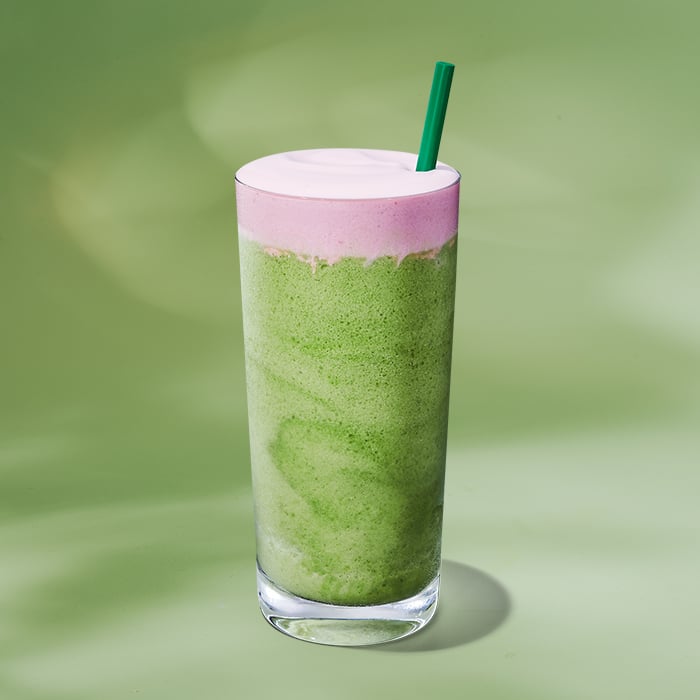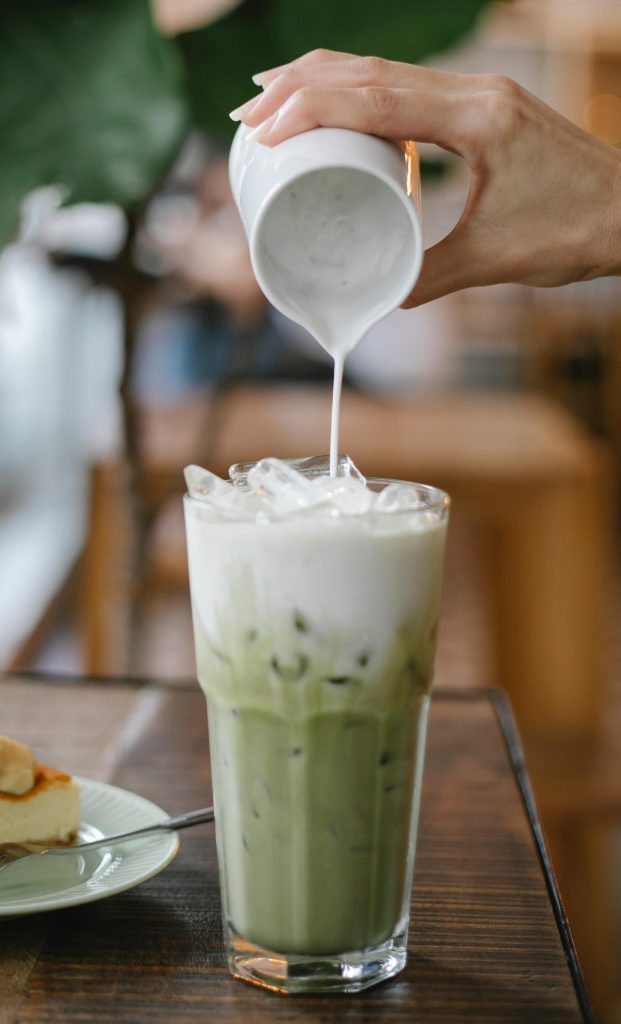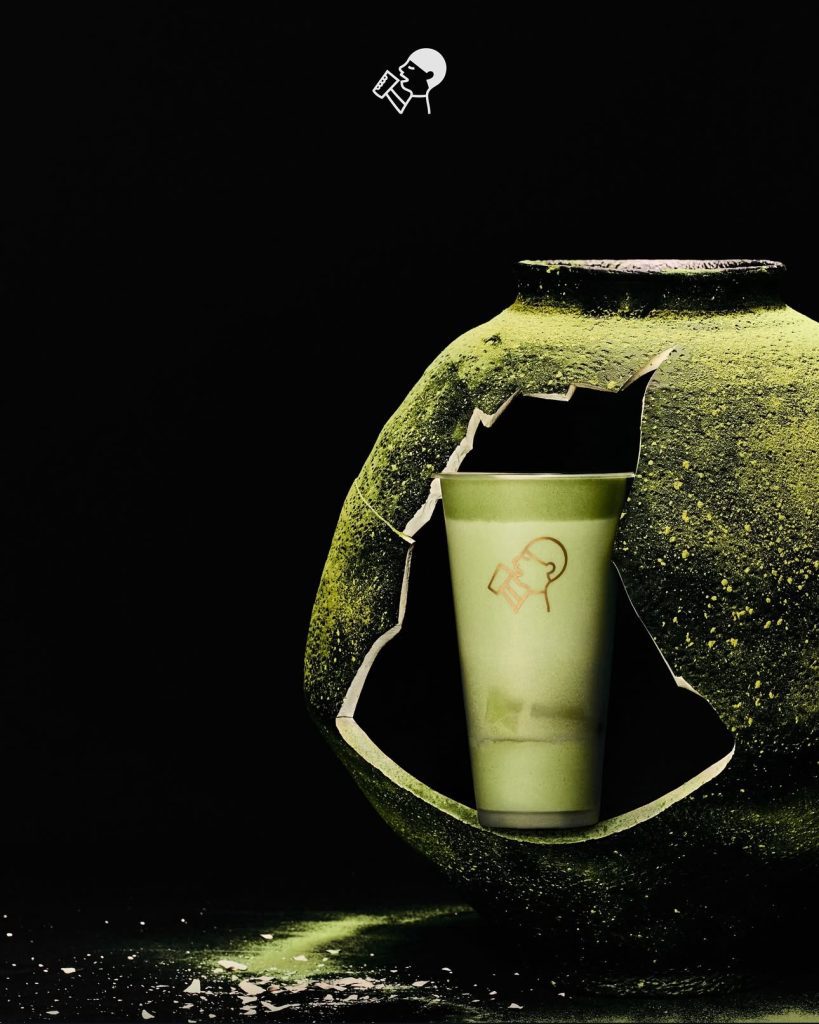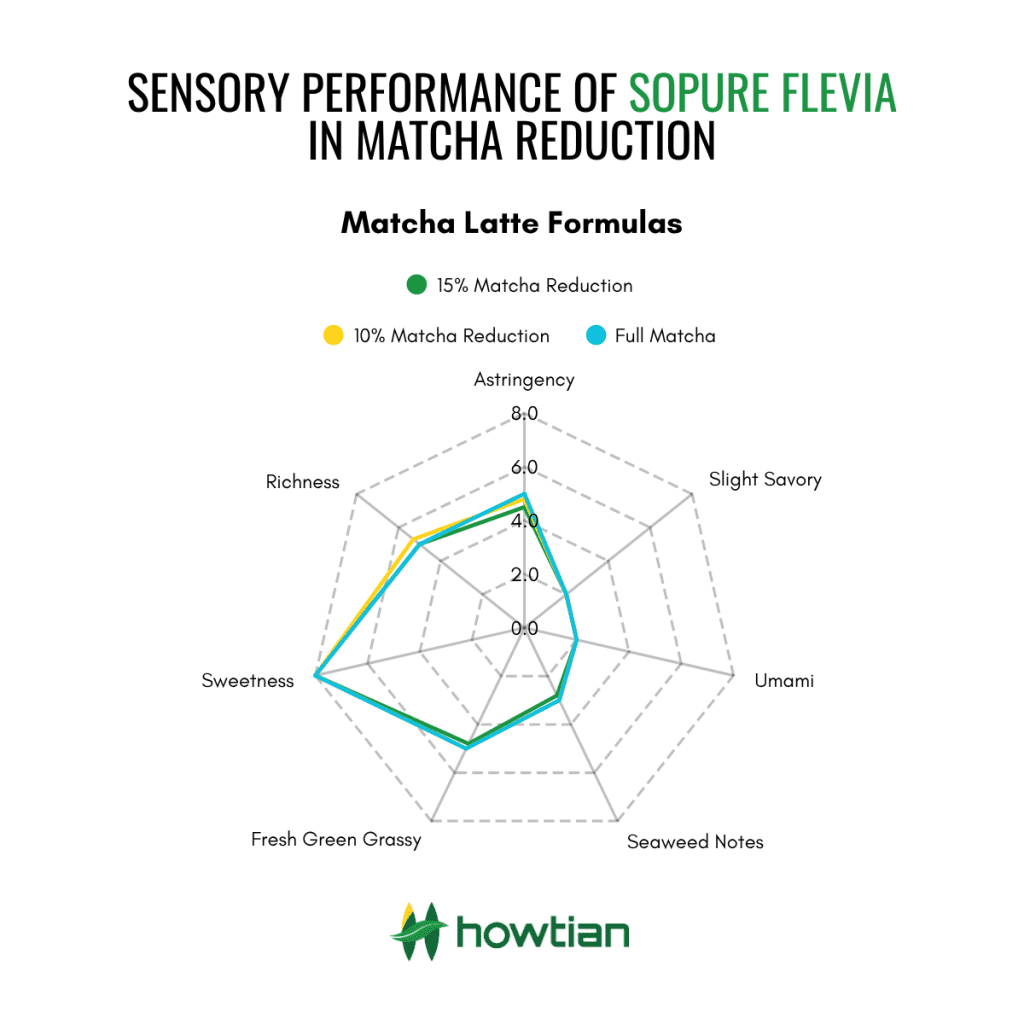From Tokyo cafés to New York coffee chains, matcha has exploded into a global sensation. Once reserved for traditional tea ceremonies, it is now a mainstay of menus and supermarket aisles, appearing in everything from lattes and frappuccinos to cookies, ice cream, and health drinks. According to Grand View Research, the global matcha market was valued at $4.3 billion USD in 2023 and is projected to climb to $7.4 billion USD by 2030, growing nearly 8% each year.
The momentum is being fueled not only by matcha’s signature vibrant green appearance but also by its health halo. Rich in L-theanine, catechins like EGCG, and natural antioxidants, matcha offers consumers an energizing yet calming alternative to coffee. It is also perfectly aligned with modern demand for natural, functional, and visually striking foods. According to market research, consumer demand is increasingly tied to the “richness” of matcha flavor, which is seen as the marker of both quality and value.
Yet behind this success story lies a mounting challenge. Climate change, tariffs, and structural supply constraints are causing prices to soar. According to Reuters, yields of tencha—the leaf base for matcha—have fallen by as much as 60% in 2025, while auction prices in Kyoto surged 170% year-over-year to over 8,200 yen per kilogram. An Associated Press report noted that U.S. importers are expecting to pay 30–50% more for lower-grade matcha and as much as 75% more for the highest ceremonial grades. On top of this, U.S. tariffs on Japanese imports add another 15% to the cost, with Chinese matcha facing tariffs as high as 37.5%.
The result is a supply chain under severe strain. Farmers face labor shortages and aging workforces, milling bottlenecks limit production of ceremonial-grade powder, and exporters struggle to meet the rising demand.
Meanwhile, global brands only accelerate consumption. This past summer, Starbucks introduced its Strawberry Matcha Strato™ Frappuccino, which the New York Times reported as one of the chain’s most successful seasonal launches. Manufacturers now find themselves caught between the realities of skyrocketing costs and consumers who expect matcha to taste as rich, creamy, and authentic as ever.

Flevia Unlocks “Richness” with Less Matcha
In this environment, HOWTIAN’s SoPure™ Flevia presents an unexpected but timely answer. Flevia is a natural, plant-based flavor modulator that allows developers to reduce matcha usage by 10–15% while preserving, and in many cases enhancing, the flavor profile consumers demand.
“Matcha’s premium signal is richness,” explained Tom Fuzer, VP of Market Strategy at HOWTIAN. “With Flevia, developers can hit that rich, creamy profile with less matcha, keeping costs in check while giving consumers the depth they crave.”
According to trials conducted at HOWTIAN’s Application & Technical Service Center, matcha lattes reformulated with 15% less powder using Flevia performed as well as, or better than, control samples using full matcha dosage. Panelists noted that the reformulated drinks maintained hallmark characteristics such as grassy freshness, seaweed notes, and umami depth. At the same time, Flevia enhanced creamy richness and milky aroma while suppressing the astringency often associated with matcha.
“Our application work shows a 10–15% powder reduction still preserves green, umami, and seaweed notes—while Flevia softens astringency and boosts milky aroma,” said Selina Liu, HOWTIAN’s Technical Manager. “It tastes like more matcha, not less.”
The implications are significant. By reducing matcha content 15% and replacing it with a ppm-level dose of Flevia alongside minor support ingredients, manufacturers can save roughly 14.2% on matcha costs per serving.

What This Means for Brands & Manufacturers
For manufacturers, the value proposition is clear. Flevia enables brands to maintain the sensory experience that consumers equate with premium quality while protecting margins against volatile matcha markets. The solution also offers sustainability benefits by reducing agricultural demand in a sector increasingly vulnerable to climate stress. According to Japan’s Ministry of Finance, exports of green tea, including matcha, quadrupled over the past decade, putting additional pressure on limited farmland. A more efficient use of matcha inputs could help ease this burden, particularly at scale.

The cultural dimension is equally important. Social media trends continue to push matcha deeper into the mainstream, with TikTok alone accounting for millions of monthly impressions of matcha recipes, café drinks, and beauty applications. Celebrity endorsements, such as BLACKPINK’s Lisa showcasing HeyTea’s Triple Thick Matcha on Instagram, have been proven to spike sales overnight. With this level of exposure, brands need to deliver consistent flavor experiences even as demand surges unpredictably.
By enabling developers to achieve a “richer with less” effect, Flevia gives the industry a way to meet cultural expectations and viral demand without being constrained by raw material shortages.
From Lattes to Desserts: Scaling Flevia Across Categories
While lattes remain the flagship format for matcha, HOWTIAN has demonstrated Flevia’s utility across multiple categories. In confectionery, Flevia helps balance the earthy bitterness of matcha in white-chocolate-chip cookies or matcha-infused chocolates. In frozen desserts, it allows formulators to use lower matcha doses while preserving signature flavor. And in dairy or plant-based dairy systems, R&D teams are exploring how Flevia can maintain matcha presence at reduced inclusion levels, delivering clean-label products with lower costs.
According to HOWTIAN, trials show that the benefits extend across beverages, bakery, dairy, and confections, making Flevia a versatile platform solution. The company is also exploring how Flevia can optimize other trending ingredients such as oat milk, soy beverages, and even botanicals like yerba mate.
How to Use Flevia in Matcha Formulations
Recommended inclusion: 20–30 ppm (0.002–0.003%) in finished beverages. Starting point for lattes (per 100 g drink):
- Matcha: 0.68–0.72 g (10–15% reduction vs. control)
- Flevia: 0.002–0.003 g
- Dextrin: 0.08–0.12 g
- Sweetener: adjusted as needed; Flevia may reduce sucrose requirement
Process notes:
- Disperse Flevia in the aqueous phase alongside matcha for even distribution.
- Validate in both hot and iced formats; creamy notes tend to show best in latte builds.
- Run comparative sensory tests (control vs. reduced matcha + Flevia) to confirm flavor parity.
Taste Parity Confirmed
Internal sensory trials showed that matcha lattes made with 15% less matcha plus Flevia preserved the grassy, umami, and seaweed notes consumers expect, while enhancing creamy richness and reducing astringency.

Cost Savings Confirmed
Save 14.2% on matcha content costs with 15% less powder per serving, thanks to Flevia. Maintain the same sensory profile while reducing input costs and protecting against volatile raw material prices.
| Ingredient | Control Formula | Flevia Formula (15% Less Matcha) | Unit Cost (¥/Kg) |
|---|---|---|---|
| Matcha Powder | 0.80 g | 0.68 g | 180 |
| Dextrin | — | 0.12 g | 5 |
| Flevia 5 | — | 0.003 g | 200 |
The Future of Matcha: Sustainable, Scalable, and Rich
The matcha market is unlikely to stabilize soon. According to multiple industry analysts, structural challenges like climate variability, labor shortages, and milling capacity limits will continue to pressure supply. For brands, waiting for relief is not a viable strategy.
With SoPure™ Flevia, HOWTIAN offers a way forward. By making matcha-rich flavor scalable, cost-viable, and sustainable, Flevia helps ensure that the world’s growing love affair with matcha can continue to thrive—even in the face of unprecedented pressures.
For product developers, this is more than a cost-saving tool. It is a catalyst for innovation, enabling brands to rethink matcha not as a constraint but as a platform for creativity and growth.
To explore pilot formulations or request a cost-savings model, contact HOWTIAN today.
